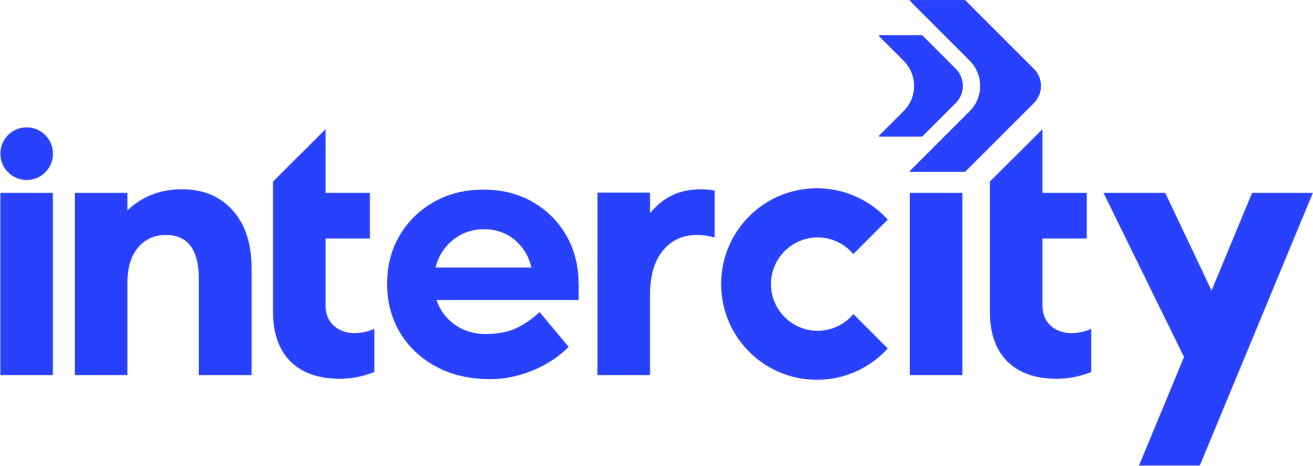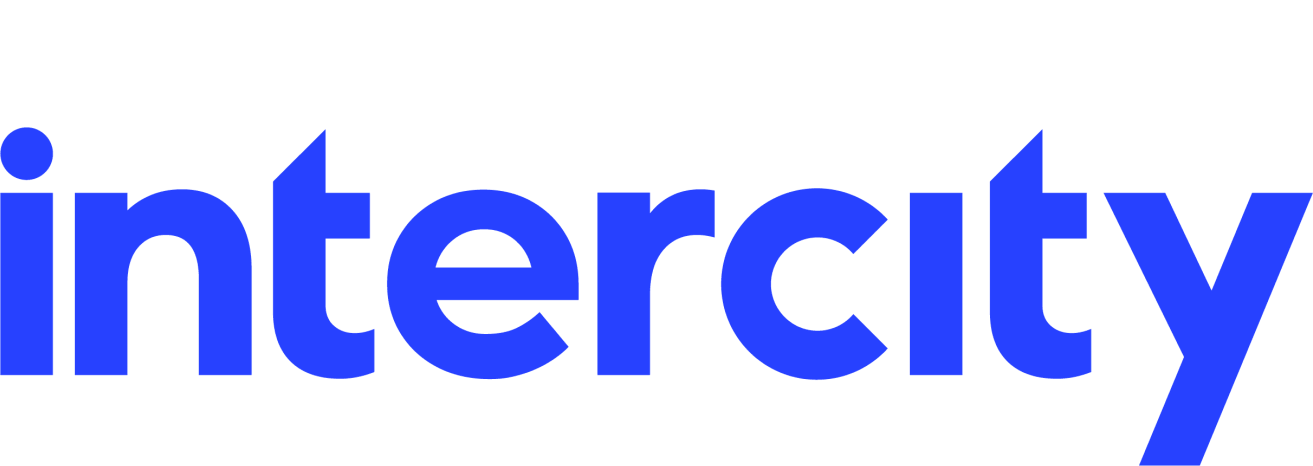The curse of the telecommunications industry is its affinity for acronyms. If you were to sit down today and reconsider your Ethernet solutions, I’d hazard a guess that you’re going to be pulling your hair out within the hour. Be it ADSL, MPLS or EFM, the truth is that you don’t need a thorough understanding of these terms to get to grips with what they can offer you and your company. By breaking down the jargon, I hope to give you a better understanding of the differences between your options and make the process of comparing them a breeze.
Firstly the term contention simply refers to how many customers are sharing the same bandwidth. High contention is often what causes your broadband to slow around 6pm when everyone returns home from work and peak in the middle of the night when everyone is asleep. Secondly, the cabinet is used to describe the green boxes we see dotted around the country often at the end of our streets. Essentially, the closer you are to one of these boxes, the better your service is going to be. The reason for this comes down to our antiquated copper network. 75 million miles of cable spans the country with an estimated value of up to £5 billion.
The problem with running internet through copper is that the speed becomes entirely dependent on the length of the wire. The further you live from the cabinet, the slower your internet will become. Lastly, the exchange is a difficult concept to get your head around. This is essentially the end of your cable where traffic is “exchanged” with other networks. We use this method to provide multiple connections at once, simplifying the overall process and making it cheaper for everyone. The differences between options comes down to how we connect your premises, the cabinet and the exchange.
Internet connectivity options
ADSL stands for Asymmetric Digital Subscriber Line, which let’s be honest means next to nothing to most of us. The simplest way to look at ADSL is your broadband at home. ADSL runs a copper line from the exchange to the cabinet and then another one from there into your home. On this network, contention is generally shared between five and fourteen customers, giving up to 24mb download speeds spread between users.

FTTC stands for Fibre to the Cabinet and works relatively similarly to ADSL. The first thing to understand is that fibre is the transfer of information using light. As the name suggests, the main difference with FTTC is that rather than running a copper line from the cabinet to the exchange, the cable has been replaced with an optical fibre one. The main advantage here is that Fibre can cover distances 100 times further than copper whilst offering bandwidth 1000 times greater. This reduces the distance that data has to travel over copper, increasing the overall speed of the network. Typical contention with an FTTC connection is 5:1 with download speeds of up to 80mb.

Ethernet over FTTC works exactly like regular FTTC from the exchange to the cabinet. From the cabinet to the premises, the connection uses an uncontended Ethernet line giving the customer 100% of the bandwidth with up to 80mb downloads.

EFM stands for Ethernet First Mile. To understand the benefit of EFM you must firstly understand about “copper pairs”. A copper pair refers to the two cables your telephone network runs into your home. One cable for your phone and the other for your internet. With EFM several more copper pairs will be installed providing a more reliable service, higher bandwidth and symmetrical speeds which occur when uploads match downloads. Contention is 1:1 with quad speeds of 20 up and down.

Modern Ethernet offers Fibre Dedicated Internet Access (DIA) by running a Fibre network from the exchange, all the way to the premises, offering up to 1GB of uncontended speed.

The Right Solution?
As with anything, the right solution depends on the requirements of the user. Be it speed, reliability or security which your company values most, we will do our upmost to match you with a system which fully maximises the potential of your business.
Contact us today to find out how we can help you improve your connectivity.
Subscribe to our newsletter
YOU MAY ALSO BE INTERESTED IN:


